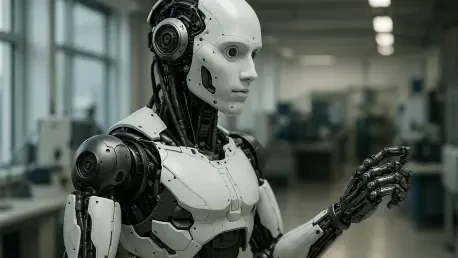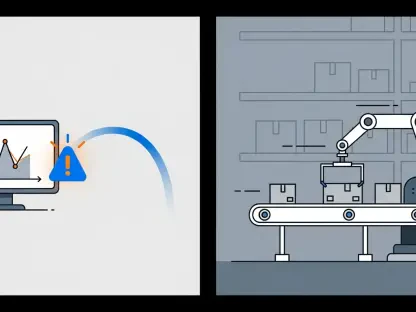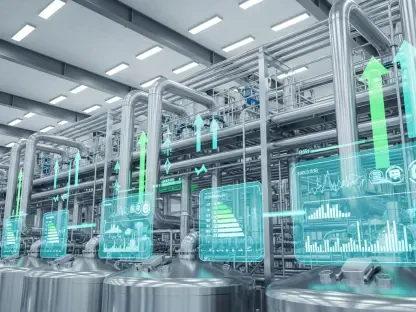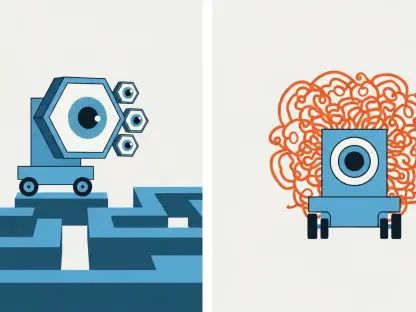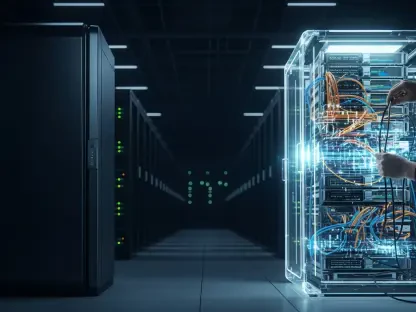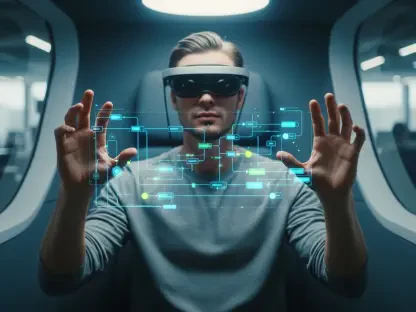Amid an era of rapid technological innovation, a thought-provoking question arises: Is artificial intelligence fundamentally transforming the capabilities of robotic systems in complex environments? Recent advancements in AI-driven robotics have stirred a sense of intrigue, particularly with developments such as robots in agriculture that predict crop yields with astonishing precision. However, traditional robotics often stumbles when navigating unpredictable terrains, highlighting an urgent need for smarter, adaptable systems.
AI’s Role in Modern Robotics
The convergence of AI and robotics has become central to addressing emergent challenges in various sectors. As industries confront increasingly complex environments, the fusion of AI with robotic technology offers a path to navigate these challenges with greater effectiveness and efficiency. This integration is crucial in tackling global issues such as climate change and urbanization, necessitating robotic systems that are not only automated but also intelligent. Yet, the incorporation of AI brings a mix of enthusiasm and apprehension regarding its impact on jobs and autonomy, fueling ongoing debates.
Synergistic Integration of AI and Robotics
The integration of AI into robotics represents a paradigm shift from mere automation to intelligent operation. AI equips robotic systems with the ability to analyze, make decisions, and adapt to unforeseen circumstances. This transition sees robots moving from pre-set programming towards becoming learning entities capable of continuous improvement. This shift is seen across various domains: factories enjoy more efficient production lines; agricultural practices become more sustainable with smart farming techniques; logistics are streamlined through enhanced supply chain management; and the medical field benefits from advanced surgical robots and personalized healthcare applications.
Insights from Leading Figures and Research
Innovative research highlights the transformative impact of AI in robotics. For instance, under the guidance of Prof. Dan Zhang, notable improvements have been made in dynamic robotics, showcasing increased adaptability and performance. According to Prof. Zhang, “AI acts as the catalyst for moving from routine tasks to uncharted possibilities.” Real-world successes, too, paint a picture of progress—consider robotic arms that now detect and manipulate objects in environments as diverse as outer space to specialized manufacturing floors, thereby proving AI’s practical and wide-reaching applicability.
Strategic Applications and Future Directions
Practical applications of AI-enhanced robotics continue to expand and diversify. Groundbreaking frameworks like grasp pose detection and exoskeletons in rehabilitative medicine illustrate how AI elevates precision and adaptability. For industry leaders, strategically implementing AI in robotic systems opens avenues for operational optimization. Businesses aiming to adopt AI must focus on training and infrastructure to maximize AI’s potential while mitigating risks. This involves not only embracing cutting-edge technologies but also fostering collaborations across sectors to forge pathways toward futuristic, adaptive solutions.
Looking Ahead: The Next Frontier
As the journey continues toward more autonomous and intelligent robotic systems, next steps must involve conscious integration of AI with ethical and societal considerations. Considering evolving technologies, stakeholders are urged to harness AI’s power responsibly, ensuring its alignment with human values and societal needs. The advancement in AI-enhanced robotics has paved the way for more autonomous and tailored solutions, but continuous attention to ethical deployment will ensure technology serves humanity’s best interests. The horizon is bright, promising further innovation and discovery in the quest for smarter, more capable robotics.
